Category: Holidays
Home » culture and customs » Holidays
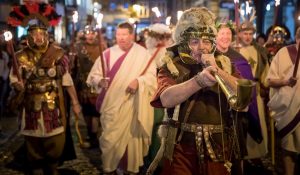
Festival of the New Sun
Originally not an official festival, but celebrated by adherents to Mithraism as the birth of the new sun. The Emperor Aurelian was devoted to a
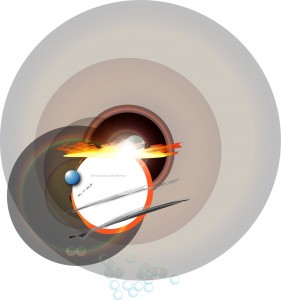
Inventing a New Inclusive Science Fictional Holiday (for smart people)
Summary:World Perihelion Day is a science-fictional holiday that celebrates the phenomenon of perihelion, which is the point in Earth’s orbit when it is closest to

What is up with holiday stress?
We are all familiar with the idea of holiday stress. That feeling that time is going by faster and faster from Autumn until New Years.
Why is New Year just after the start of winter?
It seems strange that New Year is in the middle of the cold winter. Shouldn’t it be in spring time? Or winter equinox? Traditionally it

Why is Christmas in December?
Why We Celebrate Christmas on Dec. 25 Is it Jesus’ birthday, an ancient marketing ploy, or something else? By Andrew Santella via Slate.com How did
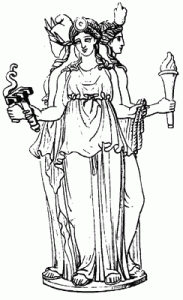
January Esoteric Holidays
https://www.northernway.org/mysteryschool/tag/perihelion/ JANUARY ESOTERIC HOLIDAYS Jan 1 – Jan 31 January/Janus – Dedicated to Old Roman God-Goddess Janus – Jana, who knows both past and future. Jan

Epiphany (holiday)
Epiphany (Greek for “to manifest” or “to show”), is a Christian feast day which celebrates the “shining forth” or revelation of God in human form
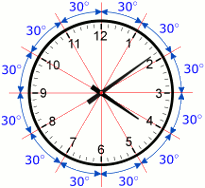
The movable feast of Compitalia
Ancient Roman Holidays & Festivals Compitalia – Late December or Early January Originally the Compitalia was a movable feast, one of the most important of
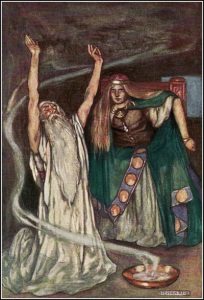
THE BIRTHDAY OF THE SUN
Unveiling the Esoteric Origins of Christian Holidays: Exploring the Hidden Symbolism Introduction: In our modern world, Christian holidays like Christmas and the Feast of the

“Solstice”
“Solstice” is a Latin word, by the way, coming to English from Old French and then Middle English, and originally derived from sol sun + status, the past participle of sistere to
Saturnalia Winter Solstice in Pagan Rome
How the Roman calendar celebrated Solar New Year over 2000 years ago is interesting. We still carry on many of the same traditions. Moreover, the
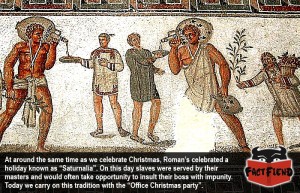
winter stories of reversals of fortune
Holiday musings: Reversal of fortune is one of the most common themes of Christmas stories and movies. Stories of personal crisis and loves won and
The origin of Halloween
Halloween’s origins date back to the ancient Celtic festival of Samhain (pronounced sow-in). The Celts, who lived 2,000 years ago in the area that is
Winter Solstice
Winter Solstice — from Eric Weisstein’s World of Astronomy As the Earth travels around the Sun in its orbit, the north-south position of the
Ancient Roman Holidays & Festivals
Ancient Roman Holidays & Festivals Saturnalia December 17 At first lasting only one day, Saturnalia was the Roman midwinter celebration of the Solstice* and the greatest of all the
Saturnalia Winter Solstice in Pagan Rome
Saturnalia Winter Solstice in Pagan Rome by Selena Fox This was first published for a workshop at 1993 Circle Sanctuary Community Yule Festival. Timing of